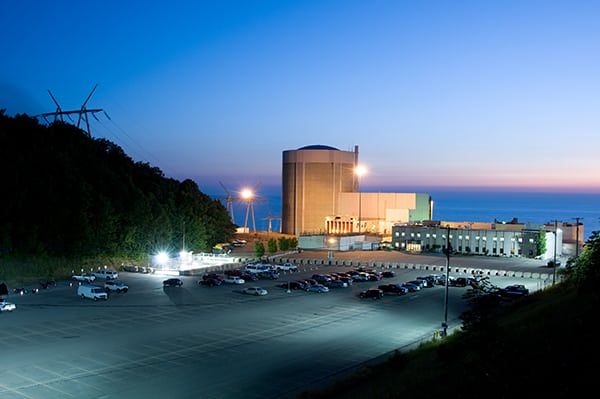
RadWaste Monitor Vol. 11 No. 31
Visit Archives | Return to Issue PDF
Visit Archives | Return to Issue PDF
RadWaste & Materials Monitor
Article 1 of 10
August 03, 2018
Holtec to Buy Three Nuclear Power Plants for Decommissioning

By John Stang
Holtec International announced this week it would buy three nuclear power plants set to close in coming months and years, then turn them over for decommissioning by a joint venture recently formed with a Canadian engineering corporation.
On Tuesday,…
Partner Content